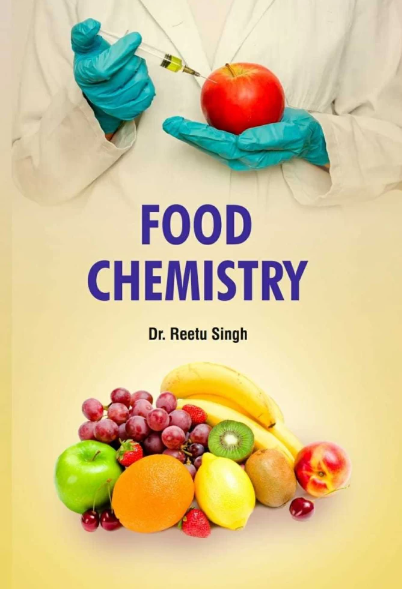Exploring the impact of dietary fiber enrichment on molecular water properties and indicators of Maillard reaction (furosine, Nε-carboxymethyllysine, and Nε-carboxyethyllysine) in model gluten-free bread
IF 8.5
1区 农林科学
Q1 CHEMISTRY, APPLIED
引用次数: 0
Abstract
This study aims to simultaneously monitor three key indicators of the Maillard reaction (furosine, N-ε-(carboxymethyl) lysine (CML) and N-ε-(carboxyethyl) lysine (CEL)) in the crust and crumb of gluten-free bread enriched with various commercial fiber preparations (apple, cocoa, blackcurrant, chokeberry, oat, and potato) and the low-field NMR analysis of water behavior, its activity and transport model. The results indicate that fiber preparations with varying compositions alter water binding and its molecular dynamics, thereby modulating the Maillard reaction environment. The differences between the spin-spin (T2) and spin-lattice (T1) relaxation times values in crust and crumb were due to the migration of some water out of the system. In comparison to reference bread, chokeberry and blackcurrant fiber preparations not only affected water mobility but also contributed to a significantly higher content of CML in crust samples (83.9 % and 54.4 %, respectively) and crumb samples (31.9 % and 71.2 %, respectively).探讨膳食纤维富集对模型无麸质面包分子水性质及美拉德反应指标(糠氨酸、n-羧甲基赖氨酸和n-羧乙基赖氨酸)的影响
本研究旨在同时监测含有各种商业纤维制品(苹果、可可、黑加仑、蔓越莓、燕麦和马铃薯)的无麸质面包的面包皮和面包糠中美拉德反应的三个关键指标(糠氨酸、N-ε-(羧甲基)赖氨酸(CML)和N-ε-(羧乙基)赖氨酸(CEL)),并对其水行为、活性和运输模型进行低场核磁共振分析。结果表明,不同成分的纤维制剂改变了水结合及其分子动力学,从而调节了美拉德反应环境。地壳和碎屑中自旋-自旋(T2)和自旋-晶格(T1)弛豫时间值的差异是由于系统中一些水的迁移。与参考面包相比,蔓越莓和黑醋栗纤维制剂不仅影响了水分的流动性,而且显著提高了面包皮样品(分别为83.9 %和54.4 %)和面包屑样品(分别为31.9 %和71.2 %)中的CML含量。
本文章由计算机程序翻译,如有差异,请以英文原文为准。
求助全文
约1分钟内获得全文
求助全文
来源期刊

Food Chemistry
工程技术-食品科技
CiteScore
16.30
自引率
10.20%
发文量
3130
审稿时长
122 days
期刊介绍:
Food Chemistry publishes original research papers dealing with the advancement of the chemistry and biochemistry of foods or the analytical methods/ approach used. All papers should focus on the novelty of the research carried out.
 求助内容:
求助内容: 应助结果提醒方式:
应助结果提醒方式:


